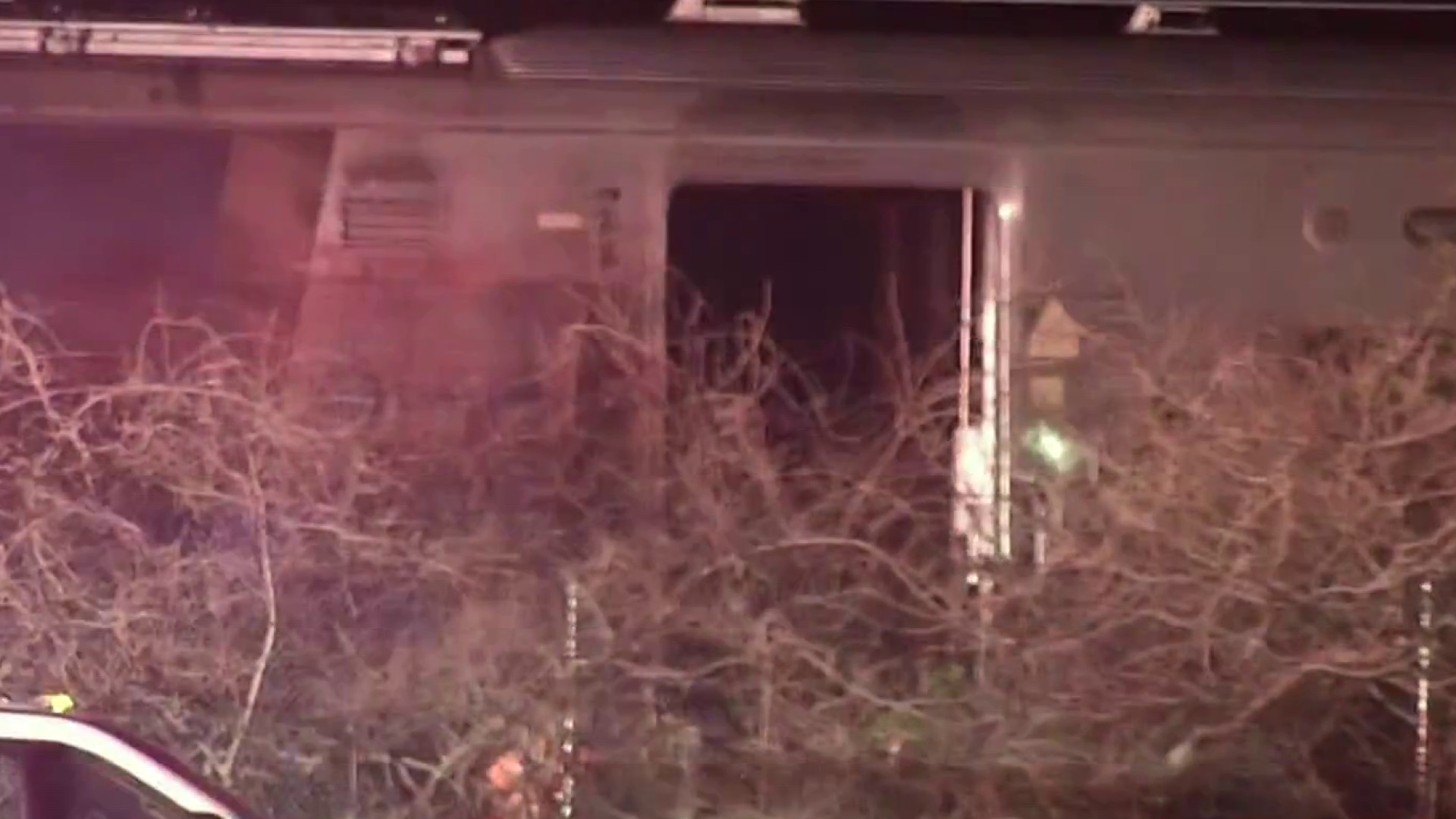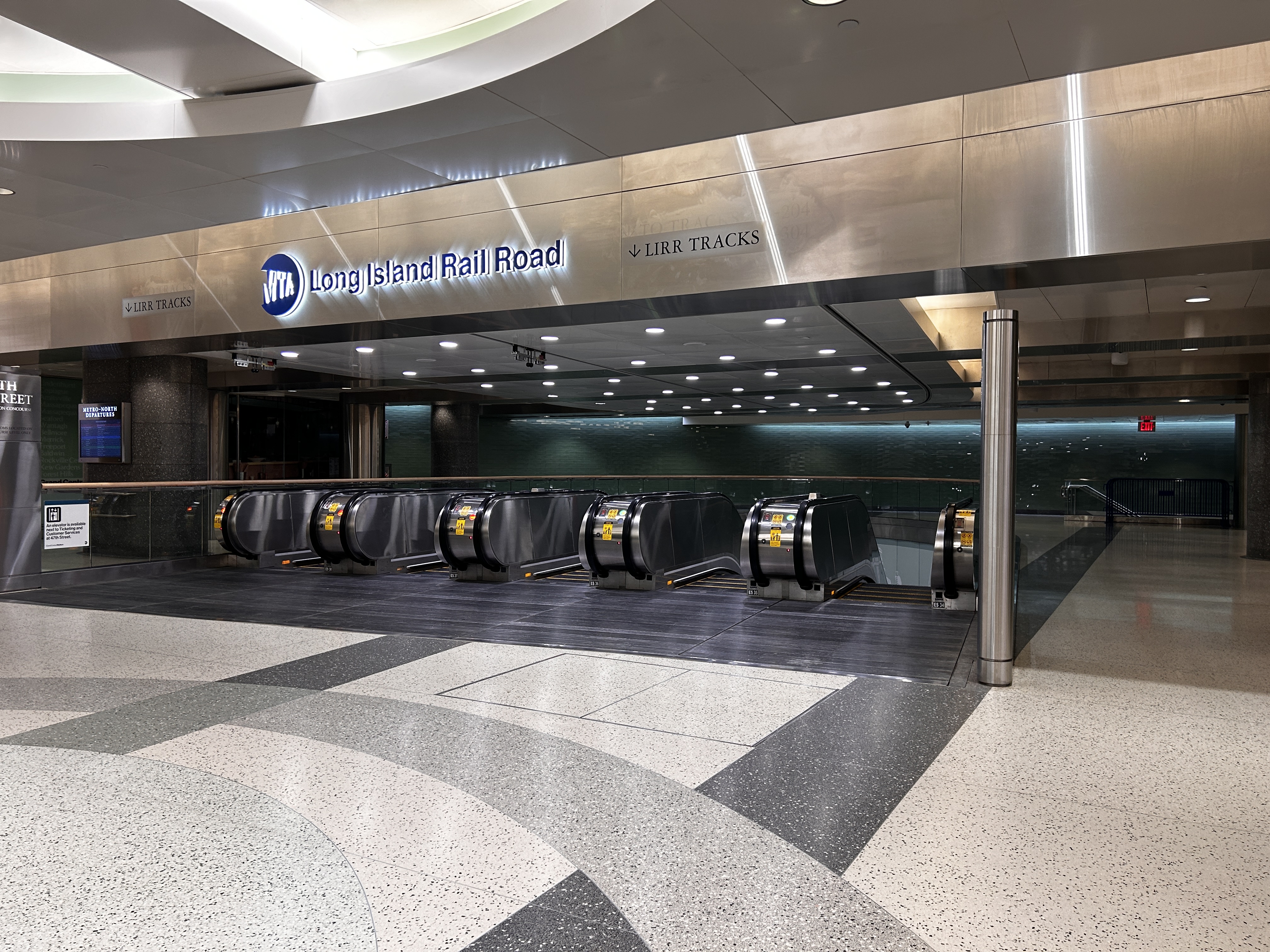LIRR Restored: Ronkonkoma Line Back After Fatal Crash
LIRR Ronkonkoma Branch Restored After Harrowing Train-Car Collision
Introduction: Back on Track After a Night of Turmoil
Hey Long Islanders! If you rely on the Ronkonkoma Branch of the LIRR, you can breathe a sigh of relief. Full service has been restored after a train tragically collided with a car on the tracks. This incident caused major disruptions, leaving many wondering how they'd get to work or home. Let's dive into what happened and how the LIRR managed to get things back on schedule.
The Incident: A Deadly Collision in East Farmingdale
The unfortunate event occurred after 8 p.m. in East Farmingdale, a stone's throw west of the Pinelawn station. Imagine the scene: a car on the tracks, and a train barreling toward it. According to the MTA, the train struck the car, which was located on Wellwood Avenue at Long Island Avenue. The impact was devastating.
The Aftermath: A Car Torn Apart and a Life Lost
The collision was so severe that the car was literally ripped in half and immediately caught fire. It's a horrific image, isn't it? Sadly, the driver of the car, identified as 62-year-old Lucien Jean, tragically lost her life. Our thoughts are with her family and friends during this incredibly difficult time.
Service Disruption: Hicksville to Ronkonkoma Suspended
As you can imagine, such a significant incident caused major disruptions to the LIRR service. Service was suspended in both directions between Hicksville and Ronkonkoma. This meant a logistical nightmare for commuters, leaving many scrambling to find alternative transportation options. Did you find yourself stranded? Tell us your story in the comments!
Why Was the Car on the Tracks? The Unanswered Question
Perhaps the biggest question on everyone's mind is: why was the car even on the tracks in the first place? As of now, the MTA hasn't released any information regarding the circumstances leading up to the collision. The investigation is likely still ongoing, and we'll be sure to update you as soon as we have more details.
The LIRR's Response: A Race Against Time
The LIRR knew they had to act fast to restore service and minimize the impact on commuters. They warned late Thursday that the incident could impact morning service Friday, which shows they were proactive in their communication. Clearing the wreckage and ensuring the safety of the tracks was a monumental task.
Restoration Timeline: From Chaos to Calm
The LIRR worked tirelessly through the night to get the Ronkonkoma Branch back up and running. Service was initially restored around 2:30 a.m. Friday morning. That's a testament to their dedication! However, they anticipated that it would take until later in the morning to achieve full service.
Full Service Restored: A Victory for Commuters
The good news is that the LIRR kept their promise! They announced that they planned to have full service back around 11 a.m. Friday, and they delivered. This is a huge relief for everyone who relies on the Ronkonkoma Branch to get to work, school, or appointments.
Navigating the Aftermath: Tips for Commuters
Even though service is restored, things might still be a bit chaotic as the system fully normalizes. Here are a few tips for navigating the aftermath:
- Check the LIRR Train Time app or website for real-time updates on train schedules.
- Allow extra travel time in case of residual delays or crowding.
- Consider alternative routes if you're still concerned about delays.
- Be patient and understanding with LIRR staff who are working hard to keep things running smoothly.
Safety on the Rails: A Constant Priority
This tragic incident underscores the importance of safety around railroad tracks. Always be aware of your surroundings and never attempt to cross tracks at unauthorized locations. The consequences can be devastating. Let's all do our part to prevent future accidents.
Railroad Safety Tips: Stay Alert and Stay Alive
Here are a few key railroad safety tips to keep in mind:
- Never walk on or near railroad tracks.
- Always cross tracks at designated crossings.
- Obey all warning signs and signals.
- Be aware of trains approaching from either direction.
- Teach children about railroad safety.
The Ronkonkoma Branch: An Essential Transportation Link
The Ronkonkoma Branch plays a vital role in connecting Long Islanders to the rest of the region. It's a crucial artery for commuters traveling to and from New York City, as well as for those traveling within Suffolk County. Any disruption to this service has a significant impact on the local economy and the lives of countless individuals.
Community Impact: A Ripple Effect
When an incident like this occurs, it's not just about the train delays. It affects the entire community, from the businesses that rely on commuters to the families who are waiting for their loved ones to come home. It's a reminder of how interconnected we all are.
Looking Ahead: Prevention and Awareness
While the investigation into this specific incident is ongoing, it's crucial to focus on prevention and awareness moving forward. Let's work together to ensure that tragedies like this don't happen again. This includes raising awareness about railroad safety and implementing measures to prevent unauthorized access to the tracks.
Moving Forward: Remembering Lucien Jean
Ultimately, this incident is a tragedy that has touched many lives. Let us remember Lucien Jean and offer our condolences to her family and friends. May her memory serve as a reminder to cherish life and to prioritize safety in all that we do.
Conclusion: A Return to Normalcy, but Vigilance Remains
The LIRR Ronkonkoma Branch is back in full swing, a testament to the hard work of the MTA and LIRR crews. However, this incident serves as a stark reminder of the importance of railroad safety and the devastating consequences of accidents. Let's remain vigilant, stay informed, and prioritize safety on and around the rails. The focus now shifts to understanding how this tragedy occurred, and what steps can be taken to prevent similar incidents in the future. Remember, if you see something, say something. Your vigilance could save a life.
Frequently Asked Questions (FAQs)
-
Why was service initially suspended between Hicksville and Ronkonkoma?
The collision between the train and the car caused significant damage to the tracks and required a thorough safety inspection. To ensure the safety of passengers and crews, the LIRR suspended service in both directions between Hicksville and Ronkonkoma until the tracks could be cleared and deemed safe for operation.
-
What steps did the LIRR take to restore service as quickly as possible?
The LIRR mobilized crews to clear the wreckage, repair any damage to the tracks, and conduct a comprehensive safety assessment. They also coordinated with emergency responders and law enforcement to secure the scene and conduct an investigation. Communication with commuters was prioritized, with updates provided through the LIRR Train Time app, website, and social media channels.
-
Are there any ongoing investigations into the cause of the accident?
Yes, the MTA and local law enforcement are conducting a thorough investigation to determine the circumstances that led to the car being on the tracks. This includes reviewing surveillance footage, interviewing witnesses, and examining the vehicle and train's event recorders.
-
What can commuters do to stay informed about service disruptions in the future?
The best way to stay informed about LIRR service disruptions is to download the LIRR Train Time app, follow the LIRR on social media (Twitter is particularly useful for real-time updates), and sign up for email alerts. Checking the LIRR website before traveling is also recommended.
-
What safety measures are in place to prevent similar accidents from happening again?
The LIRR has various safety measures in place, including fencing along the tracks in certain areas, warning signs at crossings, and public awareness campaigns promoting railroad safety. They also work with local communities to identify potential safety hazards and implement preventative measures. The investigation into this incident may lead to further enhancements to safety protocols.

